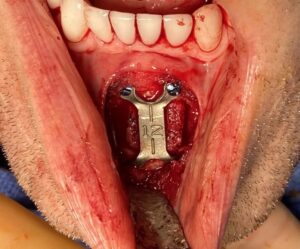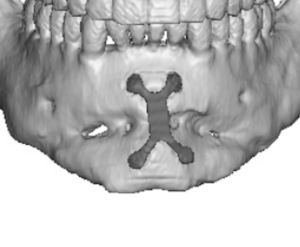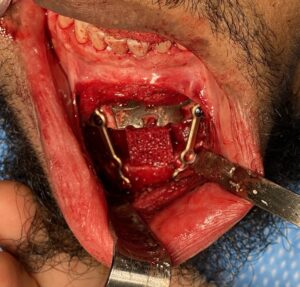When significant lengthening of the chin is needed the opening wedge bony genioplasty is the best procedure to do so. In this procedure the chin bone is cut with a horizontal osteotomy and down fractured. The desired vertical lengthening is then set by the application of a fixation plate c reating a bony gap between the two bone segments. The downfractured chin segment, contrary to the perception of some, is not a free floating piece of bone. It remains as a live bone segment due to the attachments of the soft tissues to its inferior and lingual sides of the bone.
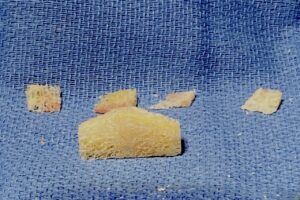
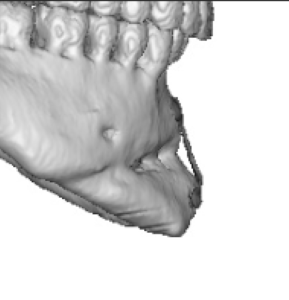

The use of a cadaveric bone graft in vertical lengthening genioplastiues avoid a bomb graft harvest and provides a structural lattice for osteocytes to cross between the two bone segments and encourages new bone formation.
Dr. Barry Eppley
World-Renowned Plastic Surgeon




